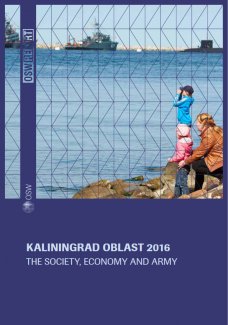Kaliningrad Oblast 2016. The society, economy and army

Moscow has been developing a new model of governance for Kaliningrad Oblast in 2016. The changes in the regional government (the governance of the oblast was entrusted to people sent from Moscow and had no links with the region) were part of it. These are a result of Russia’s depleting financial resources and austerity policy, the increasing militarisation of the Russian Federation and the important role the oblast plays in this policy, and the need to ensure a satisfactory result in the upcoming presidential election. Although there are at present no visible symptoms suggesting an intensification of protest sentiments, Moscow is taking preventive action to try to tighten its grip on local elites and residents. Kaliningrad Oblast remains an essential element of the Russian military strategy in the Baltic region. This is borne out by the deployment in the region of S-400 air defence systems, ships equipped with Kalibr missiles, and Bastion missile defence systems (which are nominally anti-ship weapons but are also adjusted to attacking ground targets). Furthermore, the deployment of Iskander missile systems has been launched which enables the creation of a so-called ‘Anti-Access/Area Denial’ (A2/AD) zone, extending the range of Russian weapons to the territories and airspace of the neighbouring NATO member states.




